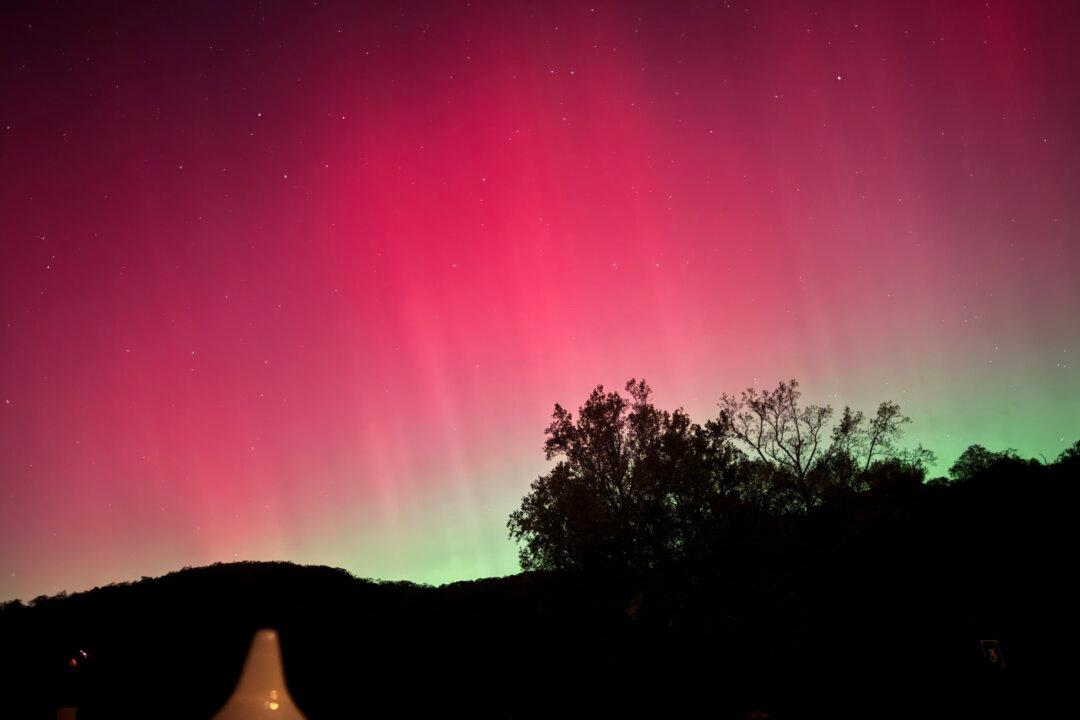Several states in the northern U.S. may have another opportunity to witness the northern lights on Friday night, per a forecast from the National Oceanic and Atmospheric Administration (NOAA).
NOAA has predicted a KP index of five for Friday night, indicating that the northern lights will become brighter and could be more active. The agency noted that this would make the aurora borealis “quite pleasing to look at” for those located north of the viewing line.





